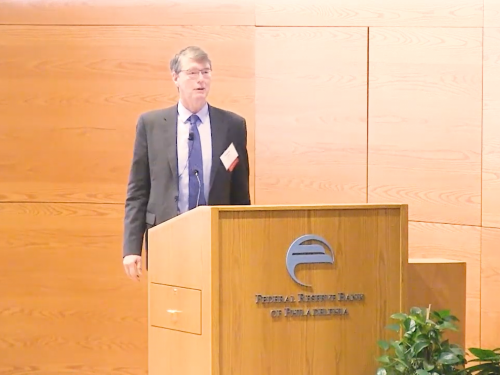Technology Approach for a CBDC
In this note, we highlight a range of technical options and considerations in designing a contingent system for a central bank digital currency (CBDC) in Canada and explore how these options achieve stated public policy goals.

